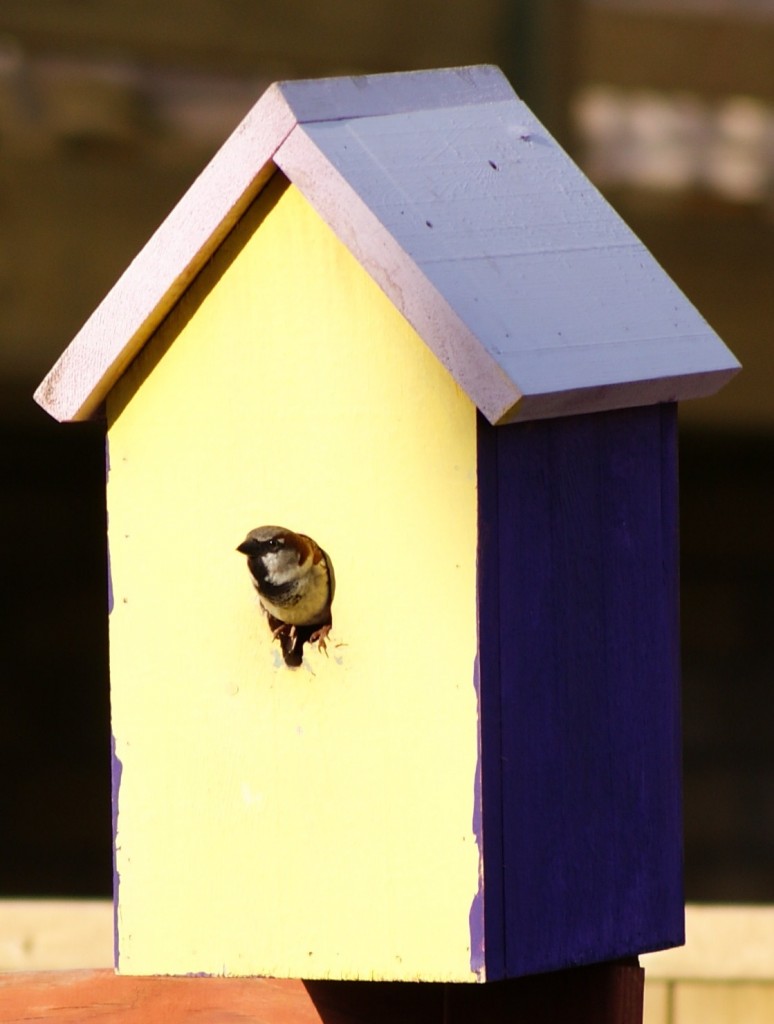
I am going to end this week of Wild Facts with a post inspired by my niece, Taylor. She sent me some photos of a bird that has been living in her backyard so I thought I would share some facts about this little bird. Before we get into the facts though, I am requesting some help from my readers. I have included several photos of the bird in case any of you are birders. I believe I have correctly identified it has a House Sparrow but I am personally not much of a birder. What can I say, mammals intrigue me a lot more. Well, lets get on with the House Sparrow.
Growing up in Canada, I am quite familiar with sparrows since they are fairly common. The thing about the House Sparrow though is it is not related to our native North American sparrows. Nope, this one actually comes from Europe and is related to the African Weaver. The house sparrow didn’t exist in North America until 1850-1852 when they were introduced to control insects in New York. Fast forward about 160 years and the house sparrow can be found across Canada and the USA. Not only that but they can be a problem since they out compete our native bird species. This is just one more example why humans shouldn’t mess with Mother Nature.
This seed-eating bird will generally create bulky, domed shape nests made from grass. They will nest in trees, buildings or cute bird-houses like above. The female house sparrow will lay 2 or 3 clutches of eggs from April to August. Each clutch will usually contain about 3 to 7 eggs. What I find interesting about the house sparrow is that some of them will actually nest in small groups. I don’t believe Taylor has a group of them nesting in her backyard so I guess she has one of the birds that nest all by themselves.
House Sparrow Fast Fact: The nesting and feeding areas of the house sparrow are very seldom more than 100 m (300′) from a human dwelling. For the record these birds will generally feed on seeds, grains and green vegetables such as lettuce and peas. So if you have a nice little garden growing in your backyard you had better watch out for these little thieves.
Again, I invite all of you to look at the pictures below to confirm my identification of this bird. The link below helped me identify the bird. Let me know what you think. Thanks and have a great weekend.
Avon Wildlife Trust – Know Your Sparrows

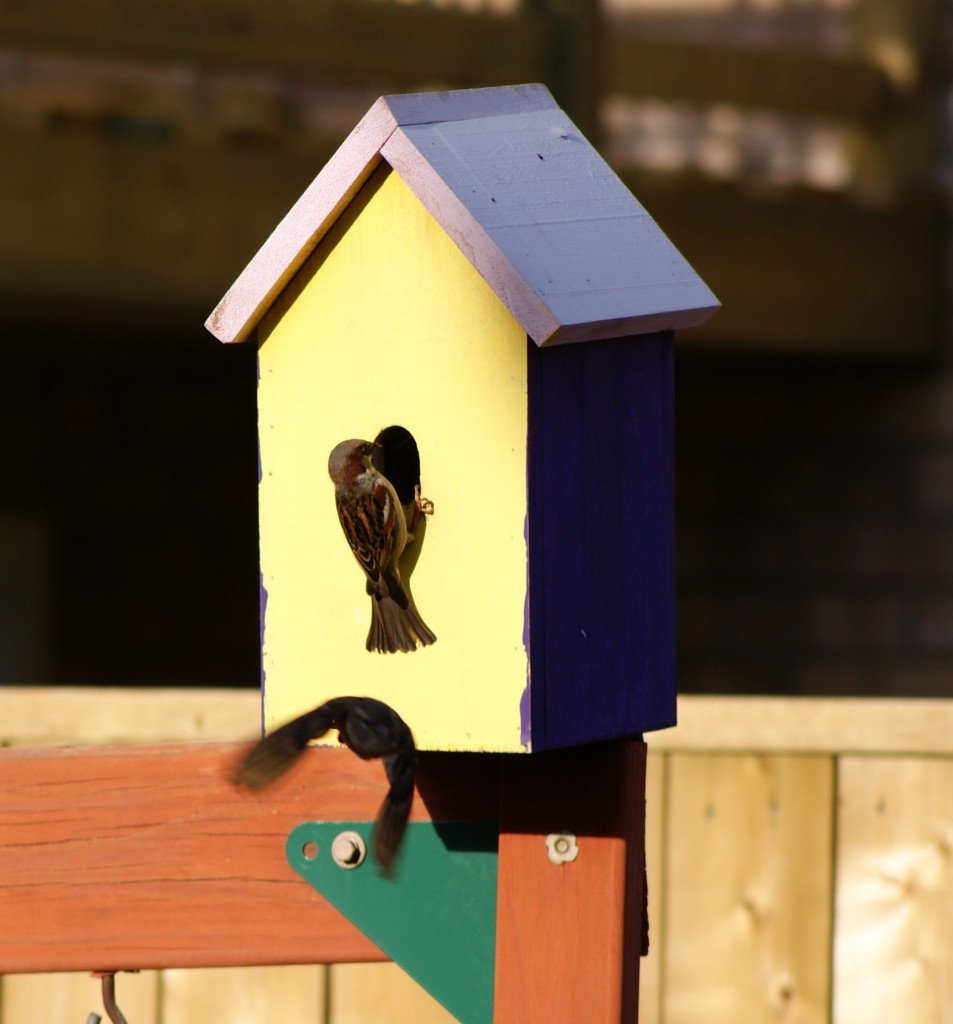

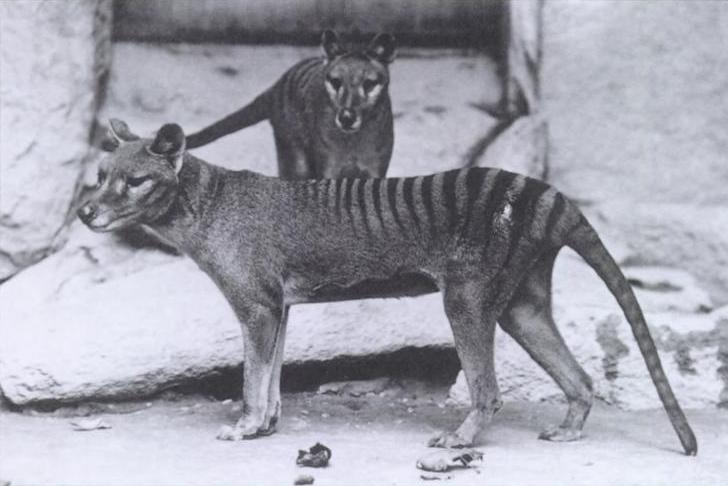
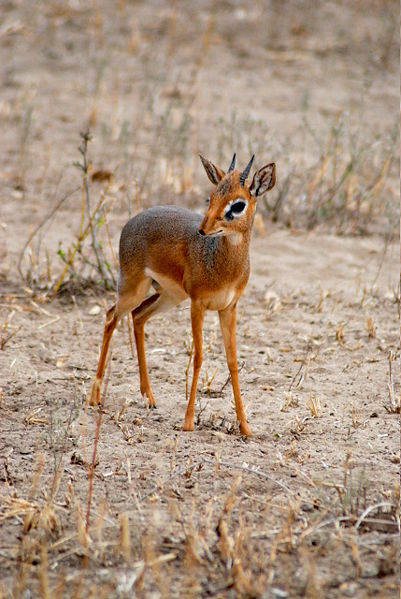
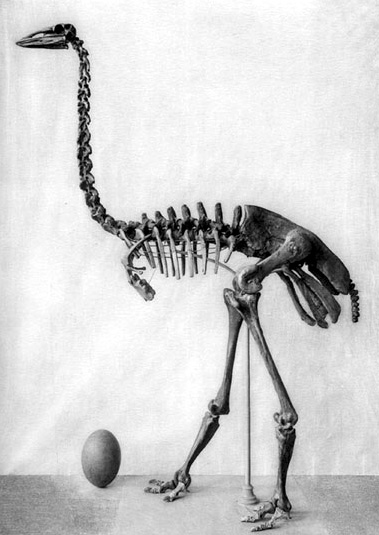
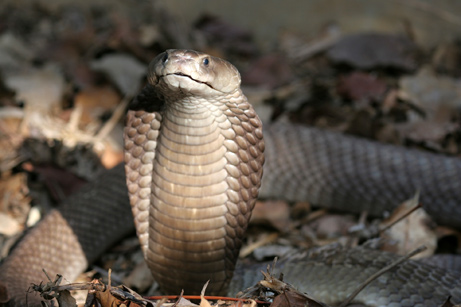
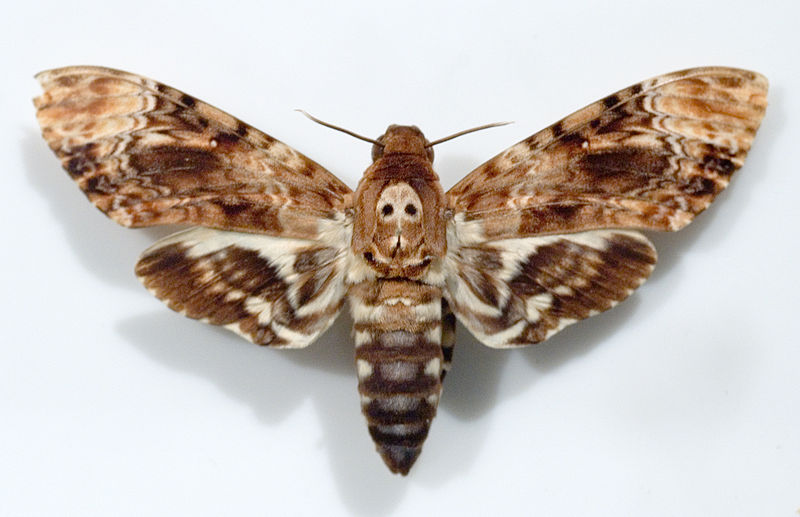
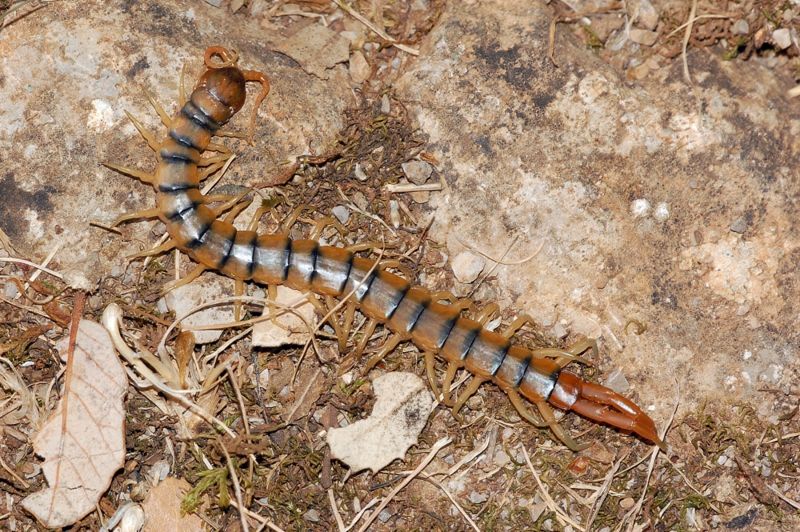
Thank you uncle for putting my pictures of my pet sparrow on your blog. We have now put a bird feeder up as well to feed my sparrows.
The birds love their house and I will send you anymore photos I get.
I still cant believe my pictures are on the internet.
Love ya
Taylor
Hi Tay,
Thank you for sharing your awesome pictures of the sparrow. That is awfully nice of you to put up a bird feeder for them. I am sure they will love you for that.
Let me know if you would like to see any other animals on Wild Facts.
Love you!
Nathan